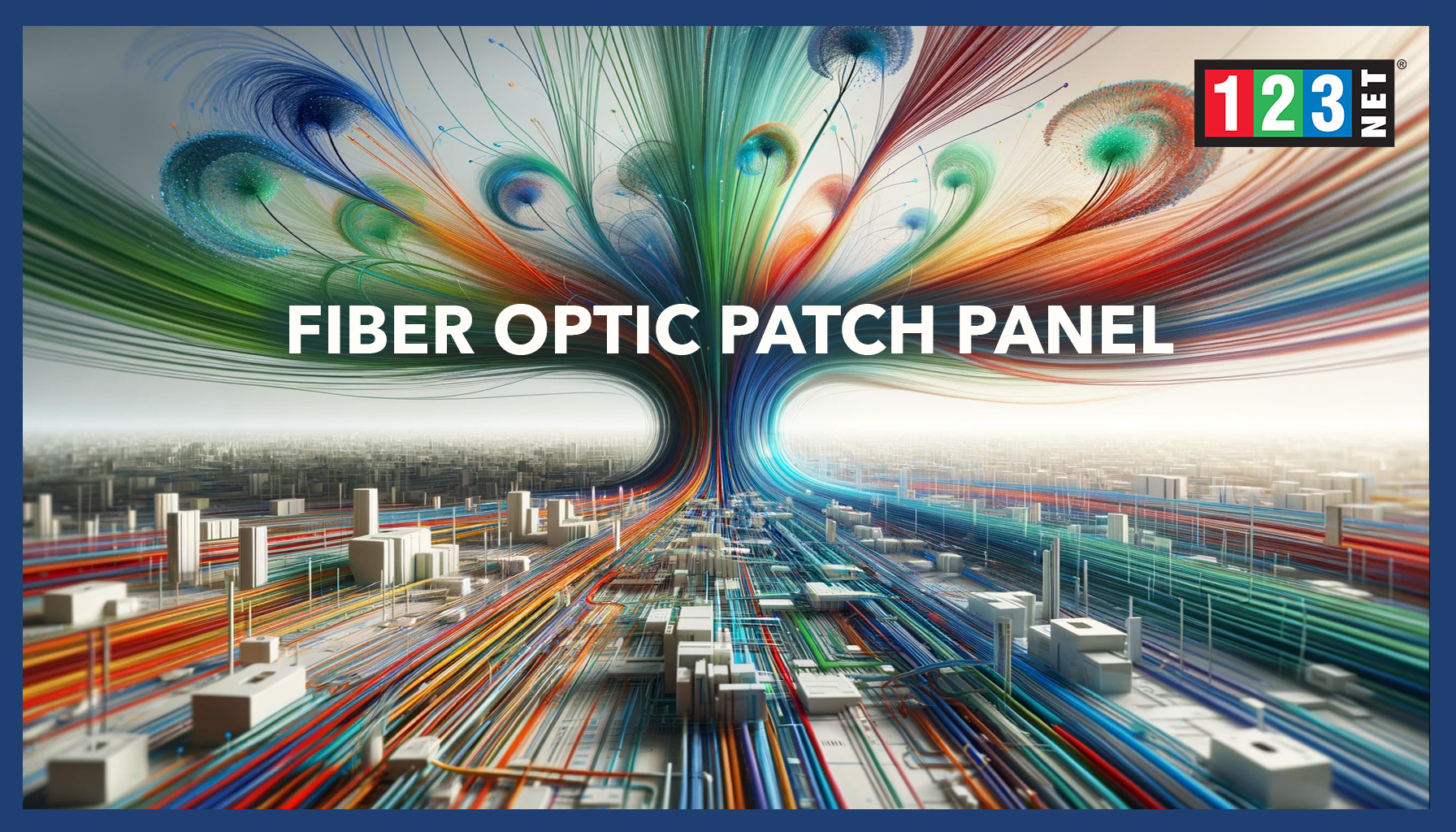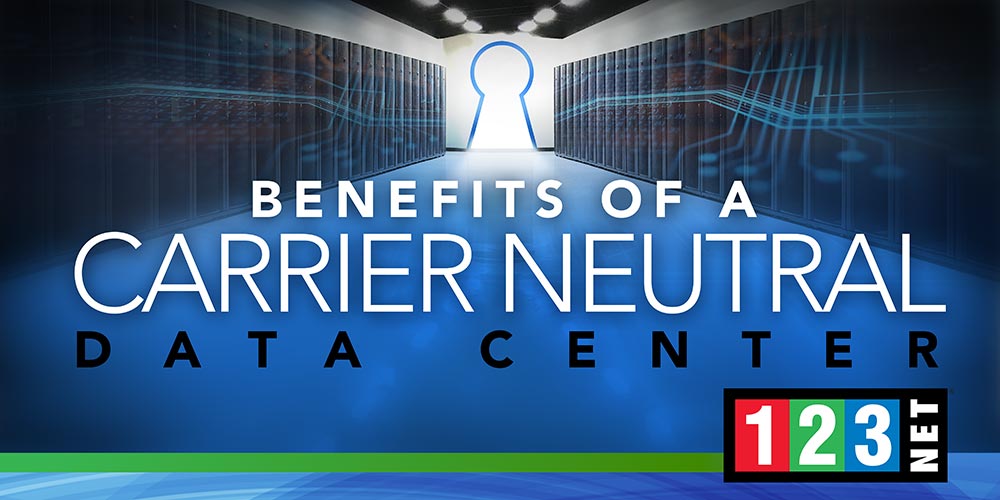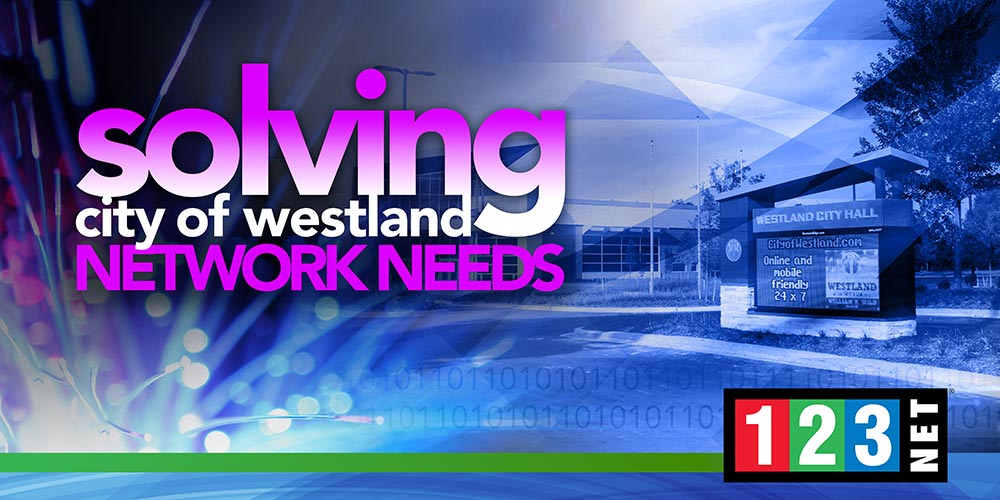
Introduction
In the evolving landscape of digital transformation, Metro Ethernet emerges as a pivotal force in modern network infrastructure. This guide delves into the essence of Metro Ethernet, spotlighting its critical role in today’s interconnected world. Metro Ethernet isn’t just a technology; it’s a redefinition of how businesses connect, communicate, and thrive in the digital era. With its robust framework, it supports the burgeoning demands for high-speed connectivity, underpinning the operational backbone of myriad enterprises. Understanding Metro Ethernet is fundamental for organizations aiming to leverage the full spectrum of internet and intranet services. It is ensuring agility, efficiency, and competitiveness in the market.
Understanding Metro Ethernet
Definition and Basics of Metro Ethernet
Metro Ethernet represents a pivotal shift in networking technology, broadening the scope of Ethernet beyond its traditional bounds. Originally confined to local area networks (LANs), Ethernet has evolved through Metro Ethernet to encompass metropolitan area networks (MANs) and wide area networks (WANs). This evolution is not merely geographical but also functional. It is offering high-speed connectivity and efficient data transfer capabilities across vast urban or regional expanses. By harnessing the power of fiber optic technology, Metro Ethernet delivers unparalleled network performance. It is making it a cornerstone of modern network infrastructure.
How does it differ from traditional Ethernet?
The distinction between Metro Ethernet and traditional Ethernet lies in their operational scope and capacity. Traditional Ethernet is typically limited to a single building or campus, offering connectivity within a confined area. In contrast, Metro Ethernet expands this reach significantly, spanning entire cities or regions. This expansion brings about a dramatic increase in bandwidth scalability. It is a feature critically important for meeting the extensive data requirements of corporate networks. Unlike conventional broadband solutions, Metro Ethernet provides a seamless and scalable network infrastructure. It is ensuring that businesses can efficiently handle their growing data and connectivity needs.
Types of Metro Ethernet Services
Metro Ethernet services are diversified to cater to various connectivity requirements, segmented into four primary categories: E-Line, E-LAN, E-Tree, and E-Access. E-Line services facilitate point-to-point connectivity, creating a direct link between two distinct locations. This is particularly beneficial for businesses that require dedicated, high-speed connections between offices. E-LAN services, on the other hand, enable multipoint connectivity, connecting multiple sites in a seamless network, ideal for organizations with several branches that need to share resources efficiently. E-Tree services offer a rooted-multipoint connectivity, suitable for scenarios where multiple locations need to connect to a central headquarters. Lastly, E-Access provides a pathway for customers to connect to third-party networks, extending the reach of Metro Ethernet services beyond the immediate network.
How Metro Ethernet Works
The underlying technology of Metro Ethernet, centered around fiber optic technology, ensures the reliability and efficiency of data transfer. Fiber optics offer a substantial upgrade over traditional copper lines, with the capacity to transmit data over longer distances without significant loss of signal quality. This technological foundation allows for minimal latency in data transmission, a crucial factor for applications requiring real-time interaction, such as VoIP (Voice over Internet Protocol) and video conferencing. The high bandwidth capabilities inherent in Metro Ethernet not only bolster network performance but also support a wide array of advanced applications, making it an indispensable tool for businesses aiming to leverage the latest in digital communication and collaboration technologies.
Benefits of Metro Ethernet for Businesses
High-Speed Connectivity
Metro Ethernet distinguishes itself as a premier solution in the realm of business broadband, primarily due to its exceptional high-speed connectivity. It transcends the limitations often associated with traditional broadband speeds, setting a new standard for swift and efficient digital communication. This remarkable speed is not just a benchmark; it’s a transformative tool for businesses, enabling them to manage vast data transfers and support bandwidth-heavy applications with unparalleled ease. Whether it’s for cloud computing, streaming high-definition video content, or handling complex data analysis tasks, Metro Ethernet emerges as the broadband solution of choice for forward-looking enterprises.
Scalability and Flexibility
The adaptability and scalability of Metro Ethernet further solidify its position as a vital component of modern network infrastructure. Unlike rigid traditional services, Metro Ethernet allows businesses to dynamically adjust their bandwidth based on fluctuating needs. This scalability ensures that companies can expand or contract their network capabilities to align with operational demands, optimizing efficiency and cost-effectiveness. The flexibility inherent in Metro Ethernet’s design supports a diverse range of business models, from startups experiencing rapid growth to established corporations managing steady data flows.
Reliability and Lower Latency
Moreover, the reliability and reduced latency offered by Metro Ethernet are critical advantages for businesses aiming to enhance their network performance. High reliability ensures consistent uptime and seamless operations, while low latency is essential for real-time applications and services, from financial transactions to interactive online services. These features are indispensable for businesses striving to optimize their applications’ performance and improve operational effectiveness, providing a smooth and responsive experience for both employees and customers. In essence, Metro Ethernet’s combination of high-speed connectivity, scalability, and low latency presents a compelling solution for businesses seeking to elevate their network infrastructure and embrace digital transformation.
Deployment and Implementation
Setting Up Metro Ethernet
Setting up Metro Ethernet is a strategic process that unfolds in phases, designed to cater specifically to the unique demands of businesses seeking to upgrade their network infrastructure. The initial stage involves comprehensive planning and design. Where the scope of the network, its objectives, and the specific requirements of the business are thoroughly assessed. This phase is crucial for laying the groundwork for a successful deployment. As it involves selecting the right type of Metro Ethernet service (e.g., E-Line, E-LAN, E-Tree, E-Access) based on the connectivity needs of the business.
Following the planning phase, the focus shifts to the installation of the necessary equipment and infrastructure. This step can range from setting up fiber optic cables for enhanced data transmission to configuring network devices that facilitate Metro Ethernet services. The installation process is meticulously executed to ensure that the network infrastructure is robust, scalable, and secure, capable of supporting high-speed data transfer and connectivity across metropolitan areas.
Challenges and Solutions
However, deploying Metro Ethernet is not without its challenges. Businesses often encounter technical complexities related to network configuration and integration with existing IT systems. Additionally, infrastructure limitations, such as the availability of fiber optic connections in certain areas, can pose significant hurdles. To address these challenges, engaging with experienced network professionals and leveraging advanced technological solutions are key. Proper planning and expert guidance can navigate these obstacles, ensuring the deployment process is smooth and efficient.
By addressing these challenges with well-thought-out solutions and expert implementation, businesses can achieve a seamless Metro Ethernet setup, unlocking the potential for high-speed connectivity, enhanced network performance, and greater operational efficiency. This foundational investment in Metro Ethernet infrastructure paves the way for businesses to thrive in today’s digital landscape, bolstered by a robust, scalable, and efficient network.
Metro Ethernet vs. Other Connectivity Solutions
When evaluating the landscape of connectivity solutions, Metro Ethernet emerges as a standout choice for businesses. It is outshining alternatives like DSL, Fiber, and MPLS in several key areas. Each of these technologies brings its own set of advantages to the table, but Metro Ethernet distinguishes itself with a compelling combination of features that are particularly appealing to businesses seeking to enhance their network infrastructure.
Digital Subscriber Line
DSL (Digital Subscriber Line) technology, while widely accessible and cost-effective, often falls short in delivering the speed and scalability that businesses require for high-volume data transfer and operations. Its performance can be significantly affected by the physical distance from the service provider’s facilities. It is making it less reliable for businesses that demand consistent high-speed connectivity.
Fiber optics offer superior speed and signal quality over long distances, presenting a viable option for many enterprises. However, the initial deployment and ongoing maintenance of fiber optic networks can be cost-prohibitive for small to medium-sized businesses. While fiber provides an excellent foundation for high-speed internet access, its scalability and cost-efficiency may not match the specific needs of every business.
Multiprotocol Label Switching
MPLS (Multiprotocol Label Switching) networks, known for their ability to support efficient data traffic flow and prioritize data packets, offer reliability and quality of service. Despite these benefits, MPLS can be complex to implement and manage, often requiring significant investment in specialized equipment and expertise.
Metro Ethernet, on the other hand, offers an optimal balance of cost, scalability, speed, and reliability. Its architecture is designed to leverage existing Ethernet standards and infrastructure. Making it easier and more cost-effective to deploy and scale as business needs grow. With its ability to provide high-speed connectivity across metropolitan areas, coupled with lower latency and enhanced reliability. Metro Ethernet stands as an attractive option for businesses of all sizes. It accommodates the demanding requirements of modern enterprises, from supporting bandwidth-intensive applications to ensuring seamless, uninterrupted connectivity. This unique blend of advantages makes Metro Ethernet a preferred choice for businesses looking to navigate the complexities of digital transformation with confidence.

Choosing the Right Solution for Your Business
When selecting a connectivity solution, businesses should consider various factors, including cost, scalability, speed, and reliability. Typically stands out in these areas, offering a compelling choice for corporate networks seeking high-speed connectivity and robust network infrastructure.
Conclusion
Metro Ethernet signifies a leap forward in network infrastructure, offering unparalleled high-speed connectivity, bandwidth scalability, and superior network performance. Its deployment heralds a new era of efficiency and flexibility for businesses, ensuring they remain competitive in the digital age. As we look to the future, the role is shaping the connectivity landscape remains promising, poised to meet the evolving demands of the digital world.




